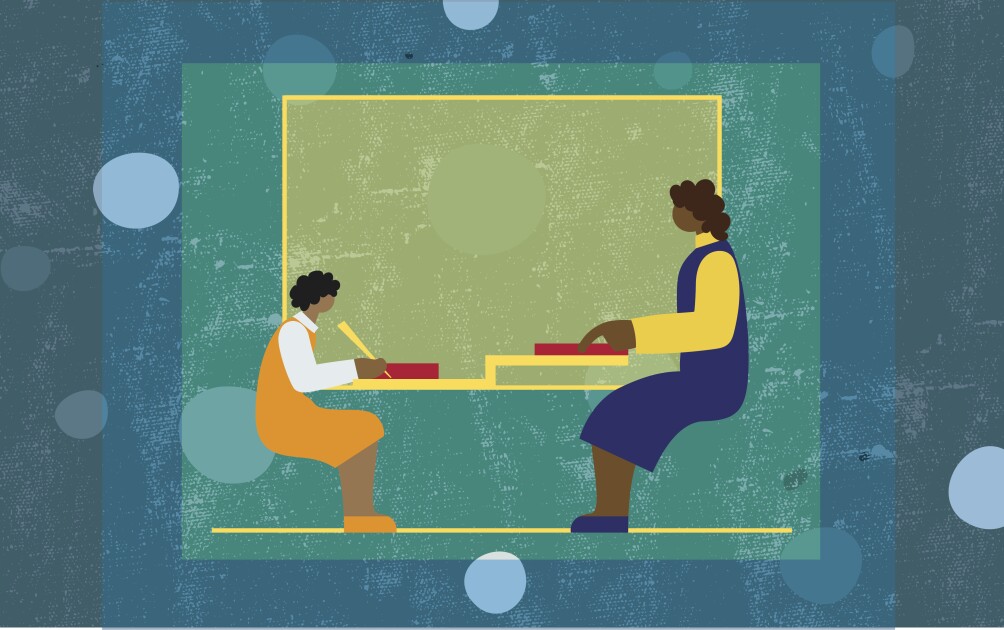San Diego
In spite of the old myths about “left-brained” people being more creative, researchers at the Society for Neuroscience meeting here say that creativity is a whole-brain affair.
“We say that when people are inspired, they create, that it all comes in a rush,” said Antonio Damasio, a neuroscience professor at the University of Southern California, “but of course it comes in a rush if you’ve trained your hands and your mind for an entire lifetime. That moment of inspiration generally comes on the back of a whole process of imagination and knowledge and criticism of what has come before.”
Damasio leads an ongoing longitudinal study by the University of Southern California’s Brain and Creativity Institute on the development of musical skills—and neurological development—of students in the Youth Orchestra Los Angeles. For the last year, the Effects of Early Childhood Musical Training on Brain and Cognitive Development project has worked with the youth orchestra, which provides free musical instruments and training to city students. Damasio is tracking students from ages 6-7 to 11-12 who have been matched in age, socioeconomic status and prior cognitive ability. As students participate in intense musical training over years, the researchers will track their cognitive, social-emotional, and physiological brain development, in comparison to that of matched students who do not receive musical training. At the same time, the study will analyze the development of musical skills and creativity over time.
“We want to know what circuitries are involved, but this is something about the whole brain, not left or right brain or some particular cortex,” he said during a symposium about the neuroscience of creativity on Saturday afternoon. While the study is still in early days, it contributes to the steadily building evidence that bringing more creative activities into the classroom can help boost students’ cognitive development.
“If you want to give a good workout to your brain, be engaged in the creative process as either a maker or a receiver of that process,” Damasio said.
**Creativity and Mood Disorders**
And, on the flip side, separate research presented at the symposium also suggests that classrooms might boost their creativity by better integrating some of the students most likely to be removed from class: those with severe emotional and mood disorders.
Kay Redfield Jameson, a neuroscientist and psychiatry professor at Johns Hopkins University, said students with mood disorders are often “weeded out” of higher science classes and professions like medicine because those courses require intense, often high-pressure study on a tight timeline and little flexibility for students who miss class. Yet those same classes and professions might benefit from creative thinking and problem-solving which has been found to be associated with “manic and ecstatic states.”
Jameson found higher rates of bipolar and other severe mood disorders among a wide array of creative professionals, including poets, composers, and artists. “There are aspects [of mood disorders] that can be very beneficial, not just in the arts but in business—we also see higher rates of manic-depression among entrepreneurs,” Jameson said.
That’s something to keep in mind as bipolar disorder diagnoses become increasingly common among school-age children; the American Academy of Child and Adolescent Psychiatry estimates 7 percent of children seen at psychiatric facilities are manic-depressive (the common name for bipolar disorder), and students with mood disorders are among those at highest risk of being removed from class or school for behavior problems. Jameson’s research into the creative strengths of people with mood disorders may give schools more reason to keep such students in class.



